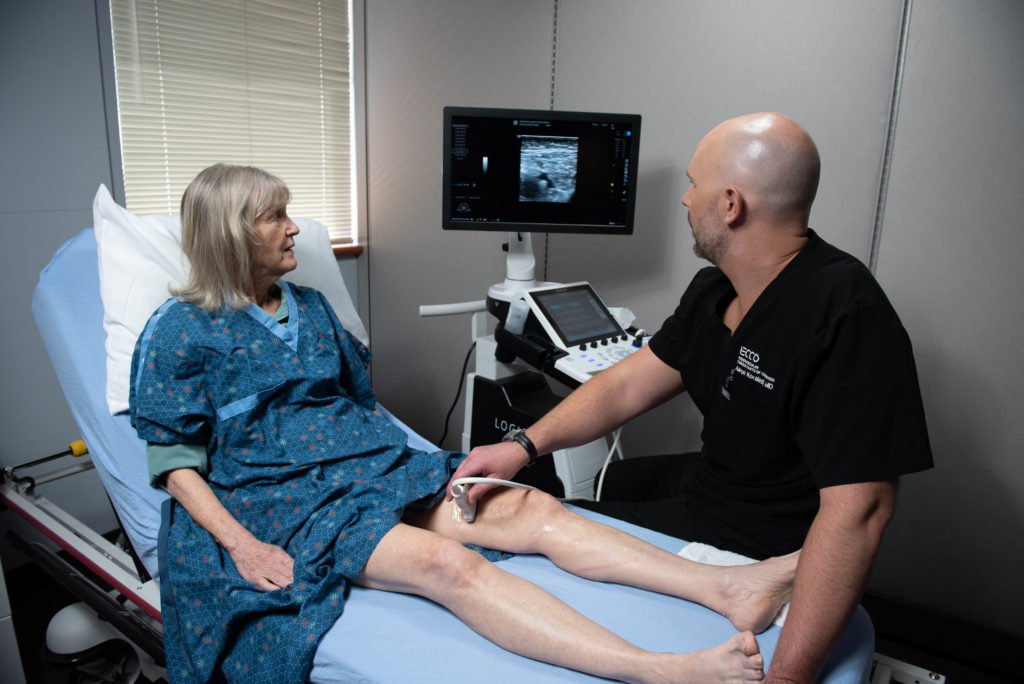Leg wounds that won’t heal. Blue colored feet. Activity-related pain or heaviness in the legs. These are all common peripheral artery disease (PAD) symptoms. PAD, a condition that limits blood flow to the limbs, affects roughly 8-12 million people in the United States. The symptoms may present as simply “irritating,” however, if left unmanaged PAD can be as fatal as heart disease. Recognizing the symptoms is helpful but understanding common PAD risk factors is the first step in helping to prevent the condition.

Smoking
Smoking is the primary risk factor for PAD. In fact, smokers are two to four times more likely to develop PAD.
Age
Folks over the age of 50 are at the highest risk of developing PAD. Many times, patients have no symptoms at all or assume the symptoms are simply due to the normal aging process. PAD screening is non-invasive and can easily be done here at ECCO or with trained primary care physicians.
Diabetes
Type 2 diabetes can cause damage to the circulatory system over time. One in three diabetics are likely to develop PAD. Diabetic neuropathy can also mask the symptoms of PAD. It is recommended that those with type 2 diabetes get screened for PAD every five years.
Ethnicity
Men and women are equally at risk for PAD, but African Americans are more than twice as likely to develop PAD as other ethnicities.
Family History
If multiple family members have had PAD, you are almost twice as likely to get it as someone without such a history. The risk is even higher if their PAD developed before they were 68.
High Blood Pressure
It’s normal to have spikes in blood pressure, say under stress or exercise. However, sustained elevated blood pressure for large periods of time can contribute to the development of plaque, thus PAD.
High Cholesterol
High levels of LDL, or the “bad cholesterol,” can lead to blocked arteries, which is the major cause of PAD. Also, insufficient levels of HDL, the good sort of cholesterol, can be equally damaging and a risk factor for PAD.
Luckily, there are several PAD treatments that can help individuals manage their symptoms and greatly improve their quality of life.
ECCO Medical – 8080 Park Meadows Dr Suite 150, Lone Tree, CO 80124




